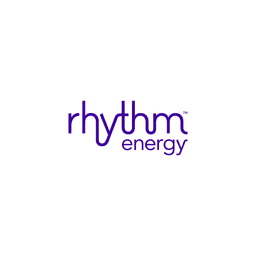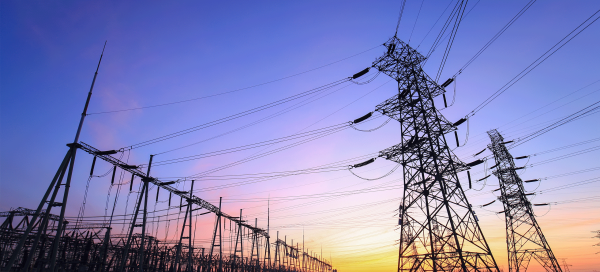Why Higher REC Prices Are a Good Thing for the Future of Renewables
We all know what renewable energy is—wind, solar, biomass, geothermal, hydropower—but how do you purchase it? It’s invisible, after all. And when energy from any source enters the electricity grid, there’s no way to track all of the energy sources.
Renewable Energy Certificates have made it possible.
Renewable Energy Certificates (RECs) now allow us to track your clean energy. Homes and businesses can claim their commitment to renewable energy if their electricity is supported by RECs. Each individual REC represents 1 MWh of clean energy generated, and while a REC isn’t technically electricity, it represents the clean energy going into the electricity grid. When you buy a REC (through any of Rhythm Energy’s electricity plans), you can make the claim that your energy is supported by renewable energy.
It’s also important to understand what a renewable energy certificate is not: an offset. An offset represents a metric ton of emissions avoided, while a REC represents 1 MWh of clean energy generation. There’s a correlation between the two as both are working toward the same goal, but they aren’t quite the same thing.
Not all RECs are created equally.
The REC market is fluid and renewable energy certificates may be sold for a lot or a little, immediately, or in the future. For years, due to the growth of the renewable energy market, RECs have been oversupplied. This created low prices and little-to-no financial advantage for the facilities (e.g., wind farms, solar farms, hydro plants) that generate clean electricity.
In Texas, the retail electricity market is inundated with renewable electricity claims, supported by RECs. The energy plan you sign up for might come from solar, wind, biomass, or even trash incineration. And it might come from renewable energy facilities outside of Texas (located in places like California, Canada, or elsewhere). While there’s no wrong way to go green, choosing electricity plans that are supported by renewable energy sources outside of Texas doesn’t help Texas move closer to any of its sustainability goals.
And that’s why, at Rhythm Energy, we take a much different approach.
We offer a variety of 100% renewable energy plans that are generated right here in the Lone Star State. Our Chapman Ranch Wind Plan, for example, generates wind power 16 miles outside of Corpus Christi (you can literally drive to the wind farm to see exactly where your renewable energy certificates are coming from). By enrolling in our Chapman Ranch Wind Plan, you support a better future for Texas. First, you are supporting renewable resources right here in our state. Second, by supporting local renewable generators, you are helping support job creation in Texas. Something we should all be on board with.
Choosing Texas renewable energy plans and your actions do have a true, real-world impact more than ever before.
Some critics have argued that REC-supported, renewable-energy plans don’t meet the highest standard of sustainability, because RECs aren’t foundational to the renewable energy asset’s existence. In other words, they argue that RECs don’t provide a material revenue source for renewable projects, because they don’t incentivize new developments of renewable farms to be built.
And when RECs were trading for less than a dollar, this was a valid argument. But that was then, and this is now.
In the last year alone, voluntary renewable energy certificate prices have skyrocketed and are now between $7 and $10 per MWh. This means that RECs can now contribute up to 30% of a renewable farm’s revenue. Naturally, this encourages more and more clean-energy facilities and clean-energy jobs to be created. A win-win.
What about Power Purchase Agreements?
A power purchase agreement (PPA) is a tad different than a renewable energy certificate. In a PPA, the developer of a renewable project (solar arrays at a solar farm, or turbines at a wind farm) can sell the actual energy it produces over a 10-to-20-year contract.
While the sale of this renewable energy still contributes to a larger portion of project revenues, the revenue mix has clearly shifted, and RECs cannot be considered an immaterial incentive anymore. Sure, PPAs are a stronger market signal for renewable project development, but only a couple of hundred organizations globally utilize PPAs. This makes them very challenging for businesses to access.
Various risks, credit needs, and long-term commitments create challenges for many organizations to meet their sustainability goals through PPAs. So, while renewable energy certificates do not provide as material of a market signal as PPAs, with the recent changes in market prices, RECs can now be considered a meaningful market signal for renewable projects. And a profitable one for renewable-energy generation sites.
Rhythm Energy lets you contribute to a cleaner future.
At Rhythm Energy, we’re proud that all our plans are 100% renewable. Our Texas Shine, Texas Breeze, and Chapman Ranch Plans are all sourced from Texas. So, when you sign up for a renewable energy plan, you’re contributing to a brighter future for the Lone Star State. And it takes about 60 seconds’ worth of your energy to switch.




